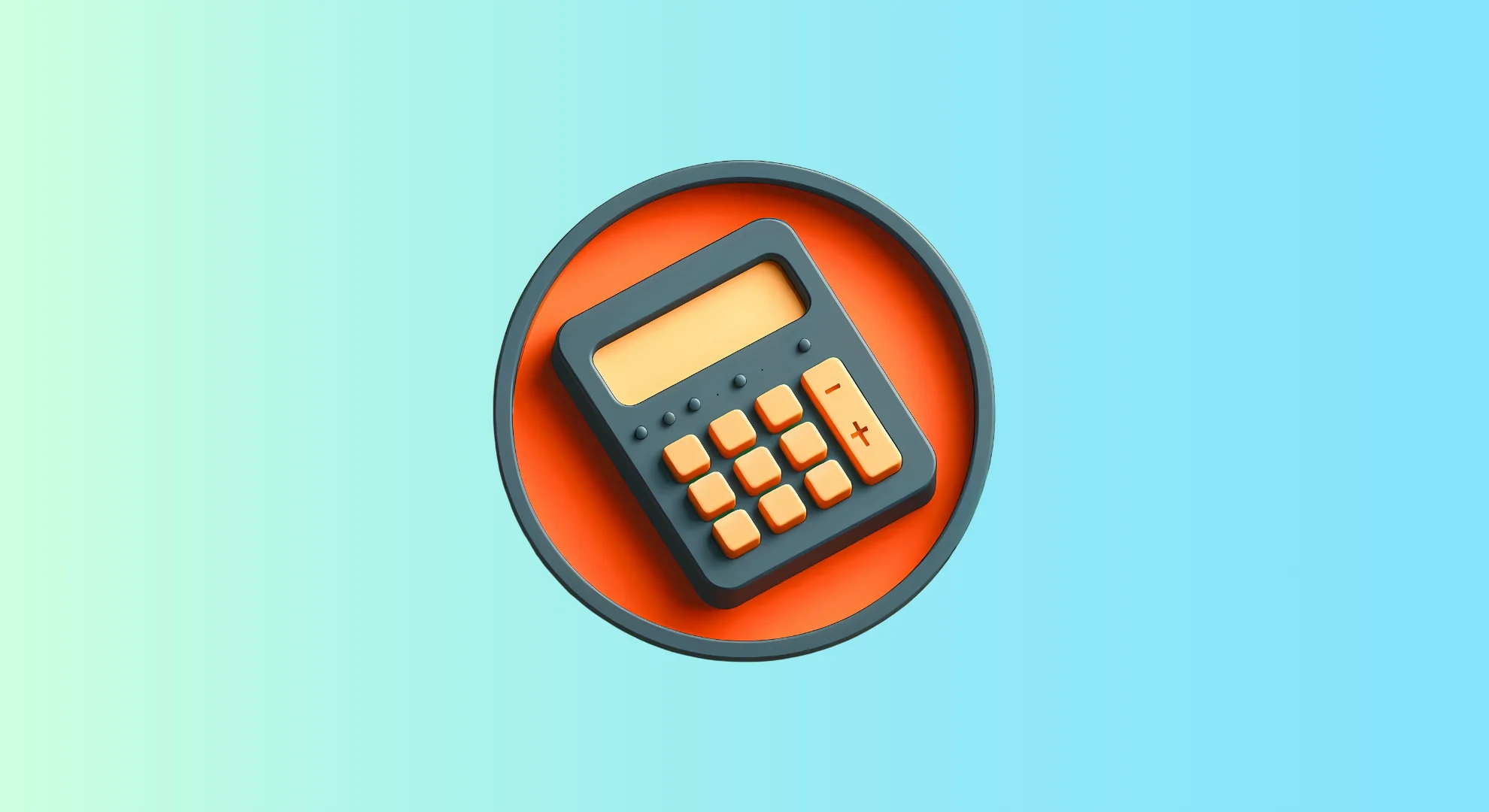Imagine a business is like a giant machine, constantly churning. Money comes in (sales), expenses are paid (rent, salaries), and hopefully, some profit remains! But how do you keep track of all this financial activity? Enter the accounting cycle: the organized flow of recording, processing, and summarizing financial transactions throughout a specific accounting period (usually a month or a year).
Think of it as your business’s financial story, with each step contributing to a clear picture of its financial health. While accounting software streamlines the process nowadays, understanding the core steps is crucial.
Table of Contents
Accounting Cycle Example
A simple example is a bakery called “Sweet Treats.” Here’s how the accounting cycle might work for a single sale of cupcakes:
- Transaction: A customer buys a dozen cupcakes for $12.
- Journal Entry: “Cash” (increase) is recorded for $12, and “Sales” (increase) is recorded for $12.
- Posting: The transaction details are transferred from the journal to the general ledger accounts for cash and sales.
- Trial Balance: At the end of the period, all ledger accounts are totaled to create a trial balance, ensuring debits and credits match.
- Adjusting Entries: Accrued expenses or unearned revenue might necessitate adjustments to ensure financial accuracy.
- Adjusted Trial Balance: The trial balance is adjusted to reflect these changes.
- Financial Statements: Financial statements like income statements and balance sheets are created using the adjusted trial balance data.
- Closing Entries: The temporary accounts (revenue, expense) are close to the permanent accounts (capital), which are preparing for the next accounting period.
This is a simplified example, but it demonstrates the essence of the accounting cycle: a continuous loop ensuring accurate financial records.

What are the Steps of the Accounting Cycle?
Now, let’s dive deeper into the eight key steps of the accounting cycle:
Identifying Transactions:
This is the starting point, where you identify all financial events involving the business, such as sales made, expenses incurred, or cash received. Invoices, receipts, and bank statements are your primary sources for recording these transactions.
Recording Transactions in a Journal:
Think of a journal as the chronological record of all your business transactions. Each transaction is documented with details like date, account names, amounts (debits and credits), and a brief description.
Posting to the General Ledger:
The general ledger acts as the master record book for all your accounts. The information from your journal entries is transferred to individual accounts in the general ledger. This allows you to track the activity for specific accounts like cash, inventory, or accounts payable.
Trial Balance:
All ledger accounts are totaled after a certain period (month, quarter, year). A trial balance is created, listing each account and its balance (debit or credit). This helps ensure mathematical accuracy and identify potential errors. Imagine it as a quick check before moving on.
Adjusting Entries:
Not all transactions are perfectly captured at the time they occur. For example, you might have used electricity this month but not received the bill yet. Adjusting entries are made to account for these accrued expenses or unearned revenues to ensure accurate financial statements reflect events that have yet to be recorded.
Adjusted Trial Balance:
Once adjusting entries are made, a new trial balance is prepared. This adjusted trial balance reflects all financial activity for the period, including any adjustments made.
Financial Statements:
Here’s where the financial story of your business comes together! The information from the adjusted trial balance is used to create key financial statements like:
- Income Statement: Summarizes the period’s revenue, expenses, and net income.
- Balance Sheet: Shows the company’s assets, liabilities, and equity (ownership) at a specific point in time.
- Cash Flow Statement: Tracks cash movement through operating, investing, and financing activities.
These statements provide valuable insights into your business’s financial health, performance, and overall well-being.
Closing Entries:
The final step, closing entries, prepares the accounts for the next accounting period. Temporary accounts (revenue, expense) typically have their balances closed to permanent accounts (capital). This resets them for the next period’s transactions.
Remember: The accounting cycle is a continuous loop. Once the closing entries are complete, the cycle starts again for the next accounting period.
The Importance of the Accounting Cycle
The accounting cycle is the backbone of financial management. By following these steps diligently, businesses can:
- Ensure accuracy: Minimize errors and maintain reliable financial records.
- Make informed decisions: Use financial statements to make strategic choices.
- Comply with regulations: Meet tax and reporting requirements.
- Improve efficiency: Streamline financial processes through automation and technology.
While accounting software has made the process more efficient, understanding the underlying principles is crucial for effective financial management.
Why Choose Profitjets for Managing the Accounting Cycle?
At Profitjets, we offer comprehensive support throughout every stage of the accounting cycle, ensuring your business stays financially organized and compliant. From recording transactions to generating financial reports, our bookkeeping services handle each step with precision. Whether you need assistance with posting journal entries, preparing trial balances, or closing the books, our expert team ensures accuracy and timeliness.
Our CFO services provide strategic guidance based on the data generated from your accounting cycle, helping you make smarter financial decisions. We also offer specialized tax services to ensure compliance with tax regulations and deadlines. For accounting professionals, our bookkeeping services for CPAs support managing multiple clients efficiently. If your records are behind, our catch-up accounting services quickly bring your books up to date.
Choose Profitjets to handle your accounting cycle smoothly and focus on running your business without worrying about your financial processes.

Conclusion
The accounting cycle is the cornerstone of financial management. It’s a systematic process that ensures financial transactions are accurately recorded, summarized, and reported. From identifying transactions to producing financial statements, each step is crucial in providing a clear and comprehensive financial picture of a business.
Understanding the accounting cycle empowers businesses to make informed decisions, improve efficiency, and maintain compliance. While accounting software has automated many aspects of the process, a solid grasp of the underlying principles remains essential for effective financial management.
By consistently following the accounting cycle, businesses can gain valuable insights into their financial performance and position themselves for long-term success.










